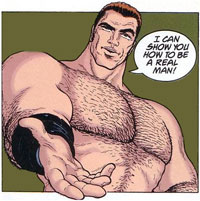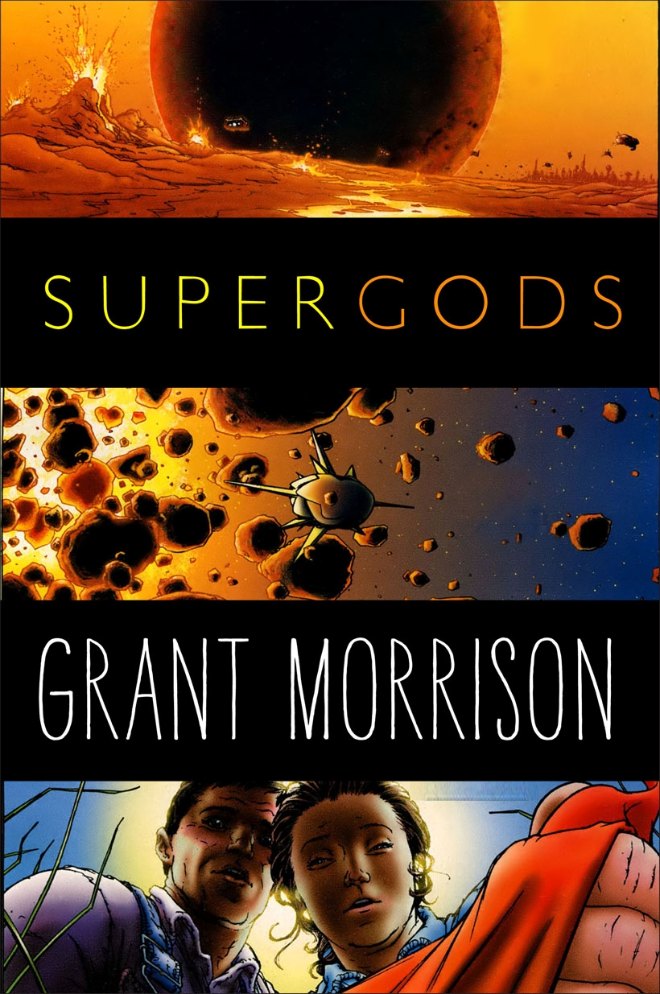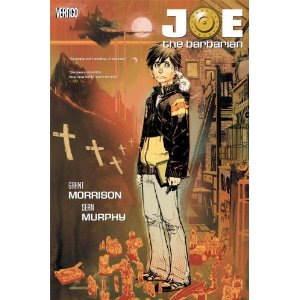
In the mid-’90s, Grant Morrison’s innovative run on Doom Patrol was followed by that of Rachel Pollack, who took advantage of Morrison’s legacy, the greatest variety of sexual minority characters of any mainstream comic at the time, to express her feelings about being trans and a lesbian herself. Her run also examines a number of standard comic book tropes. This run, which was far ahead of its time, has been unavailable in a collection for some time, but these issues (64 to 87) are finally to be made available this month in an omnibus. Kumar and Emmet discuss this gender-bending run.
Brought to you by:
Podcast: Play in new window | Download
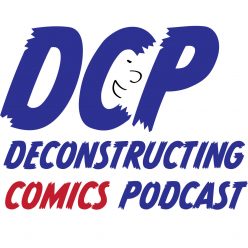
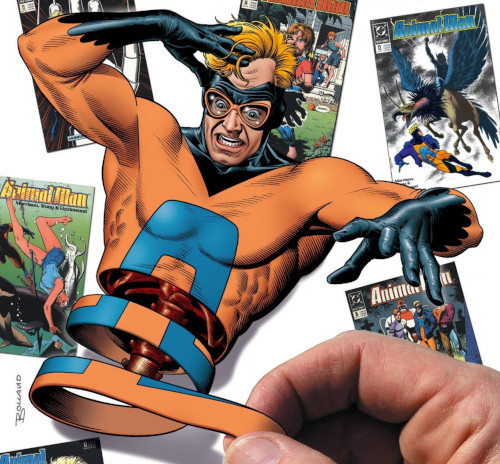

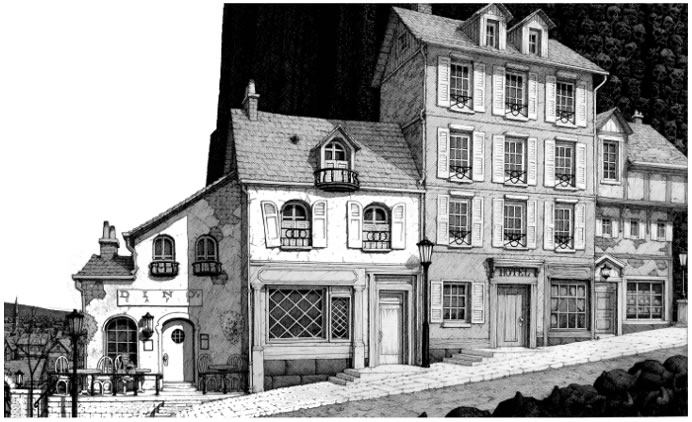
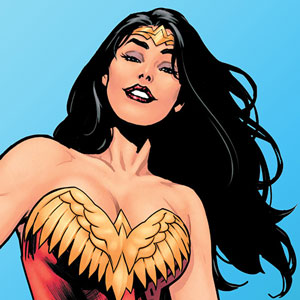
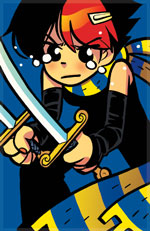 While some colorists’ work can be recognized no matter what kind of story it is,
While some colorists’ work can be recognized no matter what kind of story it is, 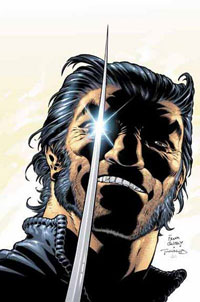 In the world of corporate comics, creators are challenged to put together a run on a given book that will stand out against everything that’s come before in that book, and leave a mark on the series that will last well beyond their run. Grant Morrison’s New X-Men run, from 2001 to 2004, met that challenge. In the ten years since he left the book, several characters and situations he set up have endured, including Fantomex, the Stepford Cuckoos, and Scott Summers’ relationship with Emma Frost. Morrison had a good handle on all his characters, old and new, and introduced the new ones in a way that made us care about them, something that certain comics writers have failed to do.
In the world of corporate comics, creators are challenged to put together a run on a given book that will stand out against everything that’s come before in that book, and leave a mark on the series that will last well beyond their run. Grant Morrison’s New X-Men run, from 2001 to 2004, met that challenge. In the ten years since he left the book, several characters and situations he set up have endured, including Fantomex, the Stepford Cuckoos, and Scott Summers’ relationship with Emma Frost. Morrison had a good handle on all his characters, old and new, and introduced the new ones in a way that made us care about them, something that certain comics writers have failed to do.